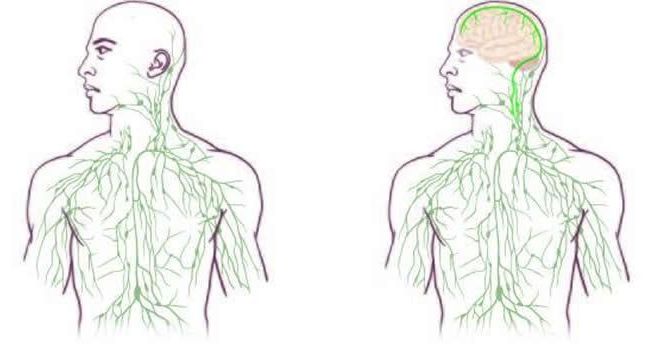Just like the gut, the skin and the mouth, the eye also has a collection of microbes that keep it healthy. Understanding the eye microbiome may lead to new probiotic therapies.



Researchers from Washington University School of Medicine in St. Louis have discovered a way to delay aging in mice with a protein that is abundant in the blood of young mice but declines with age.
eNAMPT and the NAD salvage pathway
That protein is extracellular nicotinamide phosphoribosyltransferase (eNAMPT), and it plays a key role in the process that cells use to create nicotinamide adenine dinucleotide (NAD), a crucial component that they need for energy production. NAD is a coenzyme found in all living cells. It is a dinucleotide, which means that it consists of two nucleotides joined through their phosphate groups. One nucleotide contains an adenine base, and the other contains nicotinamide.
Two blind patients regain eyesight thanks to stem cell therapy.

A very good article on the life and ideas of life extensionists/immortalists/longevity’s: “… Strole is now 70. He lives in Scottsdale, Arizona, a desert town. In the life-extensionist mode, he avoids dairy and rarely touches bread, though he devours a whole heap of other things. Recently his diet has included pills, branded ”Cognitive”, which he takes twice a day and claims have all sorts of nourishing effects on his brain. (What good is maintaining the body if not the mind?) The pills are part of a self-directed anti-ageing process that requires a lot of swallowing. On some days, Strole takes 70 supplements, including a tablet that ”energises the mitochondria” (mitochondria produce energy) and whose effects resemble ”a shot of coffee, minus the jitters”, as well as vitamins, multi-nutrients and metformin, a diabetes drug that has become so popular among life extensionists that one referred to it as ”the aspirin of anti-ageing”. In the early mornings, when the Arizona air is still brisk, he takes a cold dip in his pool to shock his immune system into better function, and at some point or another he lies face-up on an electromagnetic mat that whirs silently against his body and ”opens up the veins”, and engages in a breathing regime that, he says, ”balances the hormones”.
Some sleep on electromagnetic mats, others pop up to 150 pills a day. But are ‘life extensionists’ any closer to finding the key to longevity? Alex Moshakis meets some of the people determined to become immortal.



In traditional Chinese culture, qi or ch’i is believed to be a vital force forming part of any living entity. Qi translates as “air” and figuratively as “material energy”, “life force”, or “energy flow”. Qi is the central underlying principle in Chinese traditional medicine and in Chinese martial arts.
Qi translates as “air” and figuratively as “material energy”, “life force”, or “energy flow”. Qi is the central underlying principle in Chinese traditional medicine and in Chinese martial arts. The practice of cultivating and balancing qi is called qigong.
æ°£ ¢


The assembly of the gorilla genome was announced today, March 7, by a multi-national group of researchers. The gorilla is the last genus of the living great apes to have its genome decoded. While confirming that our closest relative is the chimpanzee, the team showed that much of the human genome more closely resembles the gorilla than it does the chimpanzee genome.
This is the first time scientists have been able to compare the genomes of all four living great apes: humans, chimpanzees, gorillas and orangutans. This study provides a new perspective on human origins and is an important resource for research into human evolution and biology, as well as for gorilla biology and conservation.
Researchers at the Wellcome Trust Sanger Institute in the United Kingdom lead the study, with contributions from several other institutions, including the University of Washington.

RFID in medical research helping researchers with lower error rates = better, more accurate results!
A CDC whistleblower has recently gone on record to expose nefarious government plans which would use the impending US Ebola pandemic as an opportunity to implant RFID technology in American citizens.
Brent Hopskins was a CDC contractor before coming forward with serious allegations against his former employer. Hopskins claims that an Ebola vaccine has been prepared for the general public in the form of disposable, one-use syringes. The downside, however, is that each of these syringes will contain not only the vaccine, but a micro RFID chip as well.
CDC officials intend to issue these syringe packages to over 200, 000 households by December 1st. Consumers will also be able to request the Ebola vaccine at their local drug store.